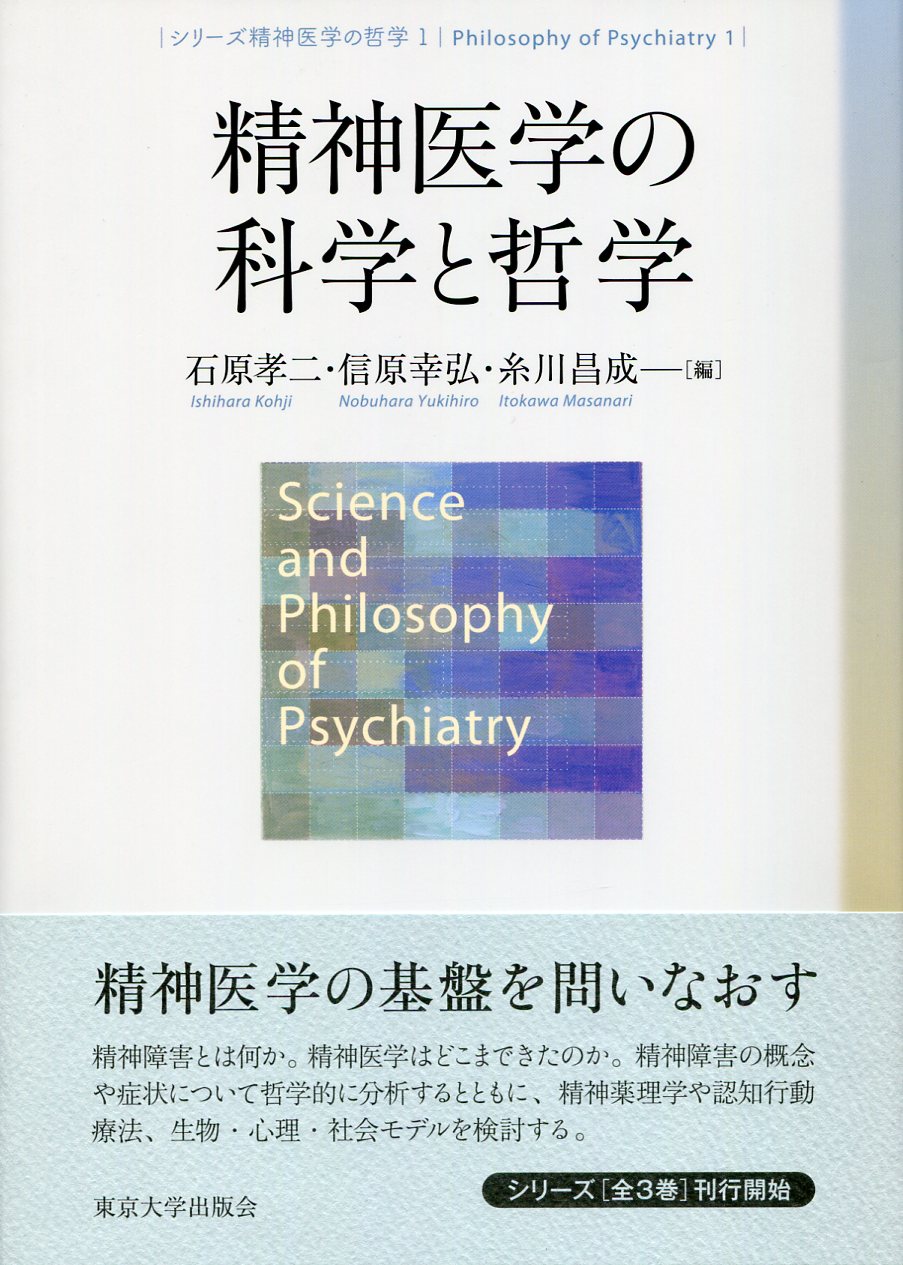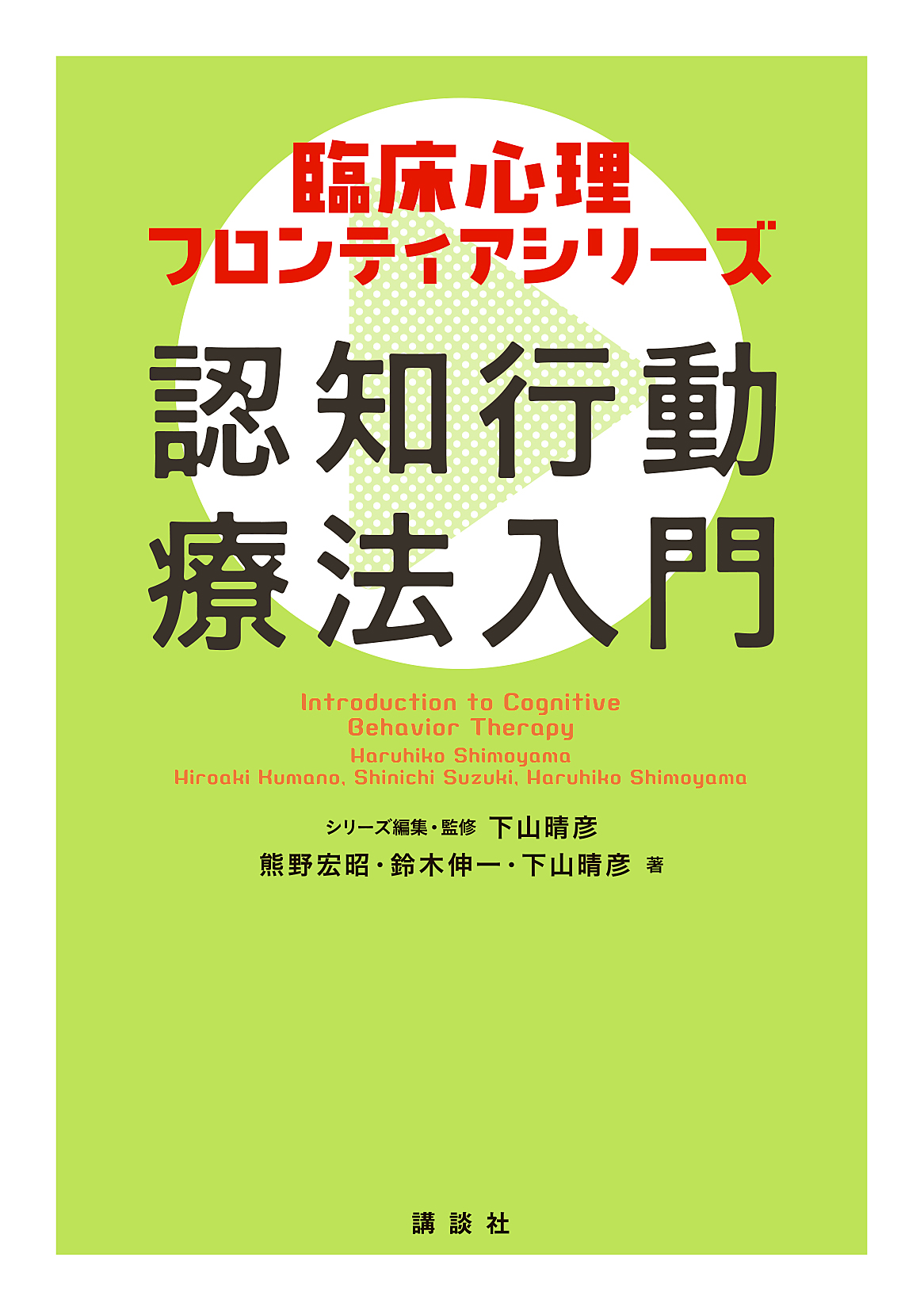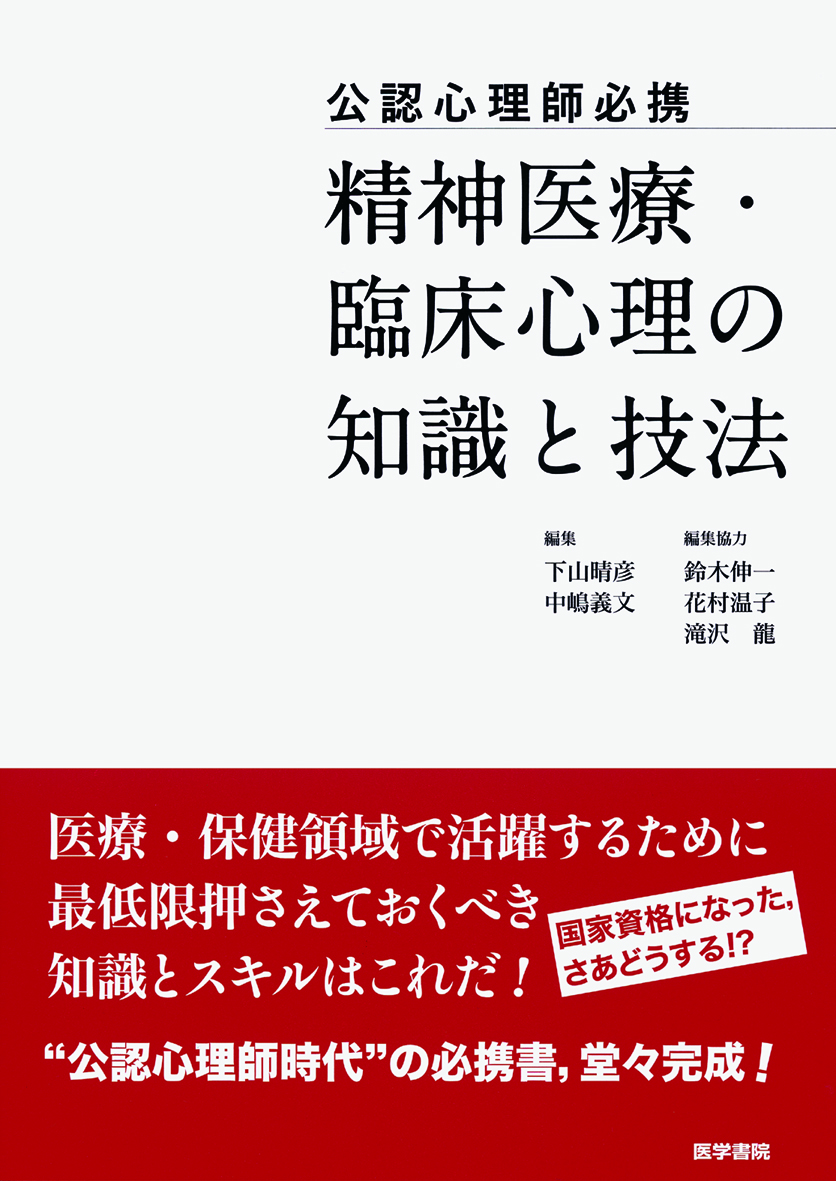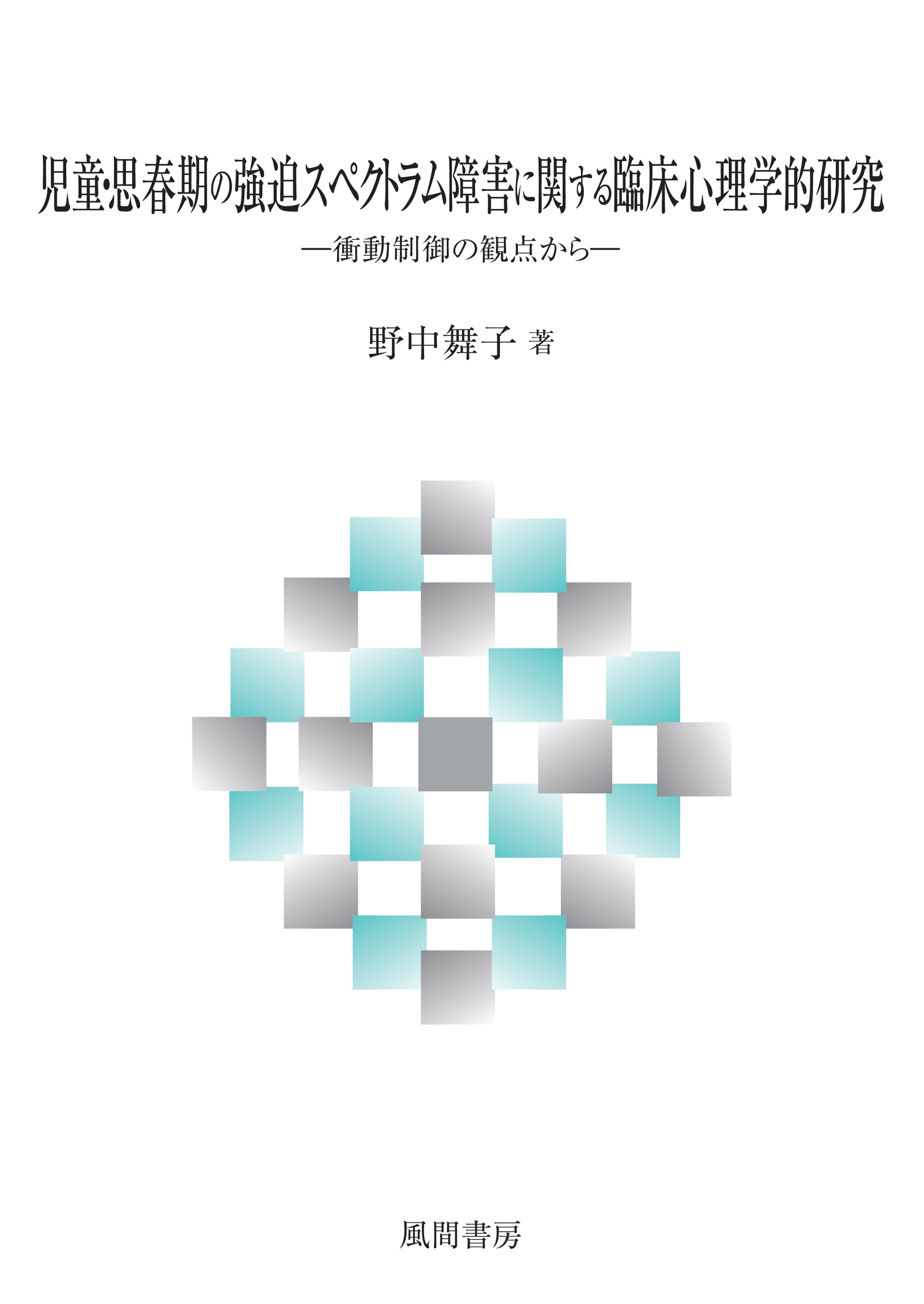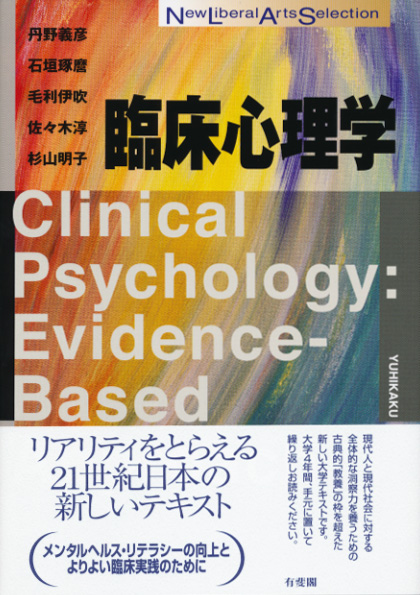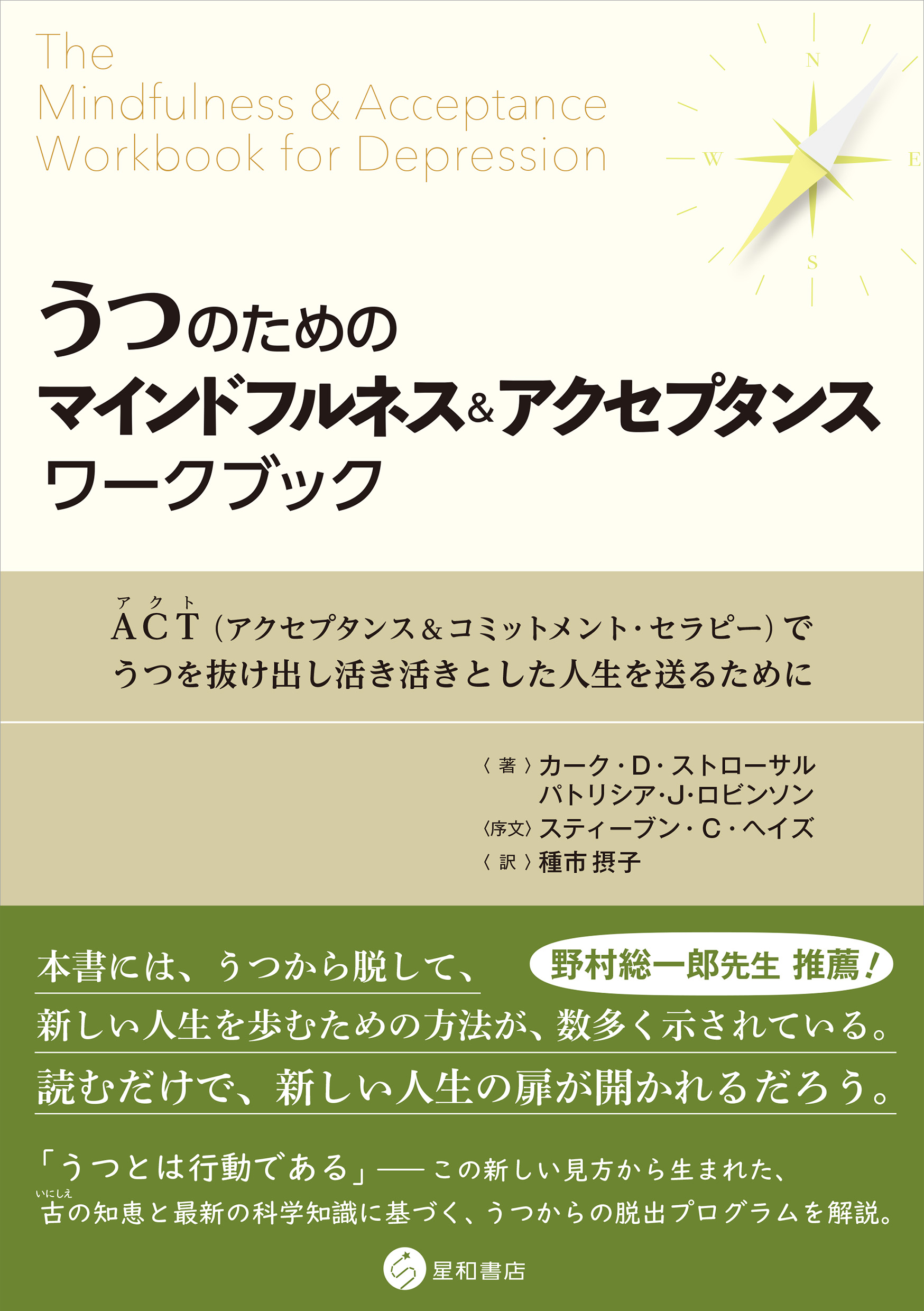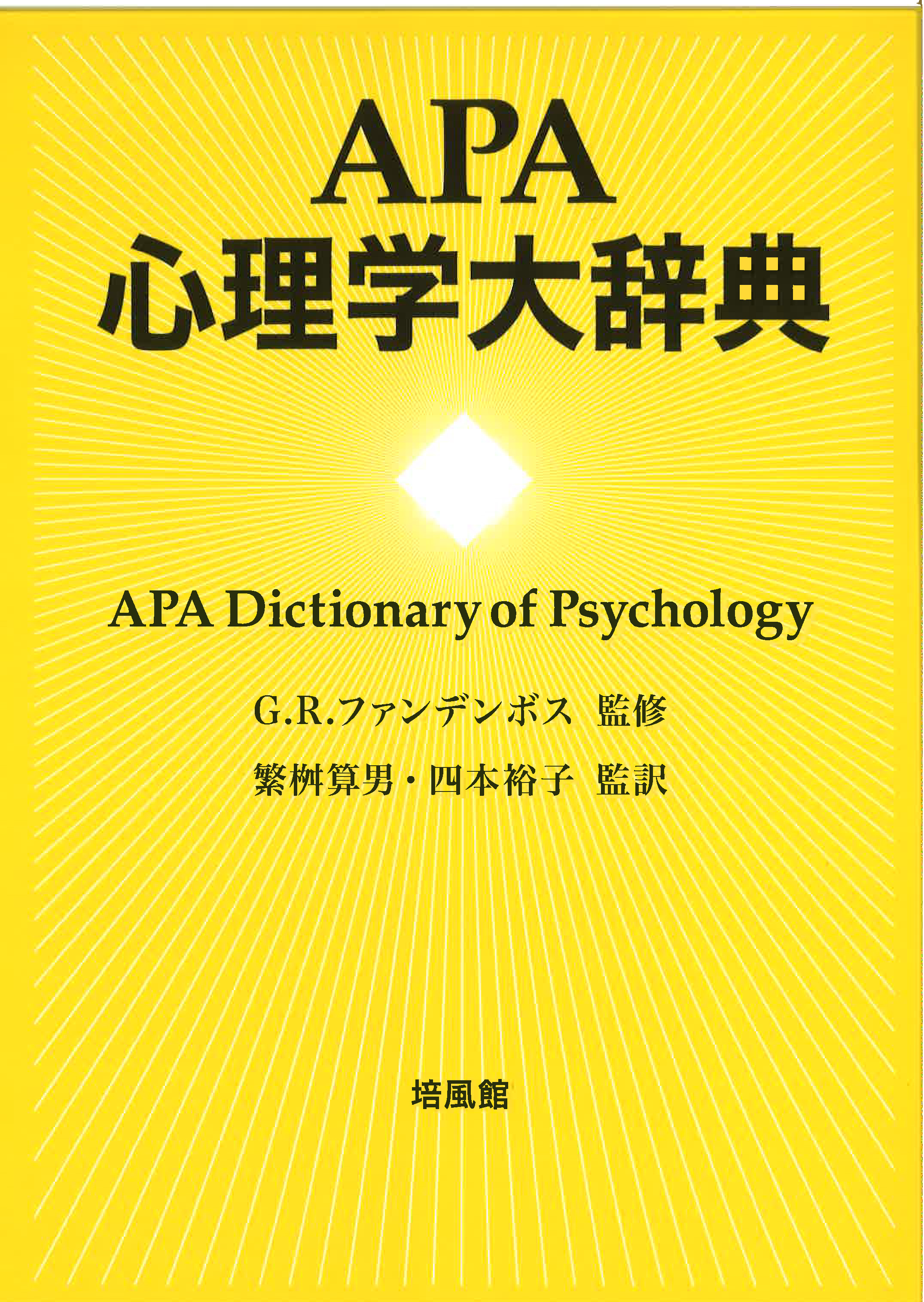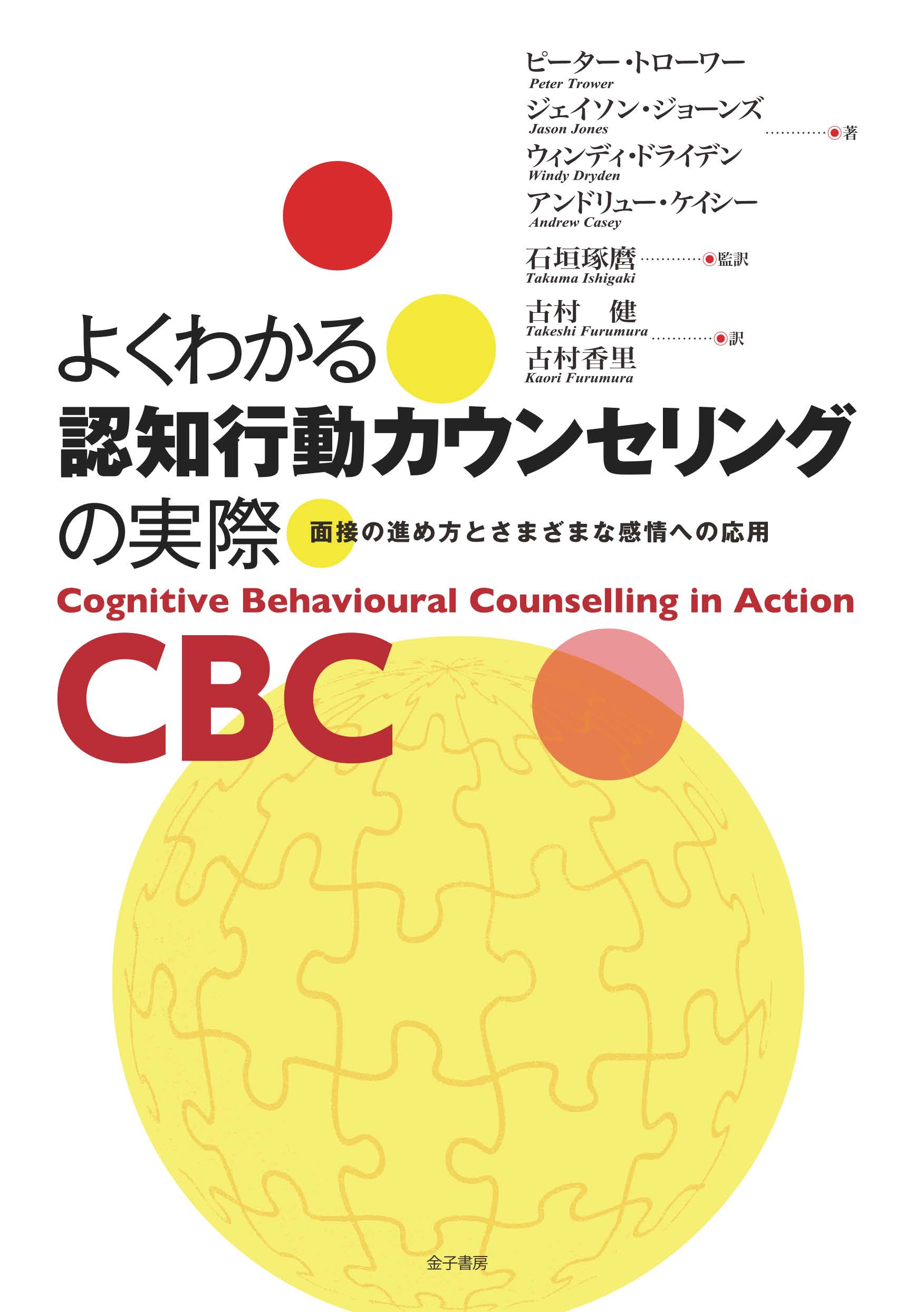
Title
Yokuwakaru Ninchikodo Counseling no Jissai (A Simple and Practical Guide to Cognitive Behavioral Counseling - Step-by-Step Interview Procedures and Applications to Different Emotions)
Size
276 pages, A5 format
Language
Japanese
Released
February 08, 2016
ISBN
978-4-7608-3614-7
Published by
Kanekoshobo.
Book Info
See Book Availability at Library
Japanese Page
Men are disturbed not by things, but by the view they take of them. The words of a second-century philosopher, Epictetus, epitomize the core concept at the heart of this book’s subject: cognitive theory.
In the 1970s, an American psychiatrist Dr. Aaron Beck drew heavily on cognitive theory to pioneer “cognitive therapy” as a treatment for depression. The efficacy of this approach, which focuses on “distorted thinking,” has been demonstrated in different ways. Cognitive therapy would later be applied to many areas such as dieting and sex crimes in addition to mental disorders such as anxiety, addiction, and schizophrenia. The name itself would change as well, to “cognitive behavioral therapy” or CBT. In parallel, another American psychologist, Dr. Albert Ellis, who was active around the same time as Beck, developed “rational emotive behavioral therapy” based on cognitive theory. He developed a method to understand the causes of patients’ overreactions and correct them, focusing on irrationality behind “extreme evaluations.” The authors of this book integrated the theories and practices of Beck and Ellis in the first edition of “Cognitive Behavioral Counseling,” published in 1988. As the authors are still active as trainers in rational emotive behavioral therapy, they can be considered to be strongly influenced by Ellis.
This book is the complete translation of the 2nd edition of “Cognitive Behavioral Counseling,” published in 2012. The authors note that considerable confusion surrounding CBT has arisen in the more than 20 years since the first edition was published. As the disorders to which CBT is applied have diversified, they are concerned about the possible loss of the important core and basis of this therapy. To help overcome this issue, this book was written with two main objectives: to provide a fresh summary and consolidated framework of the treatment theories of Drs. Beck and Ellis and to develop a textbook and practical guide that also touches on recent developments in CBT. While the subject of this book is limited to “mild to moderate mental disorders,” professionals can utilize it as a practical manual for CBT to treat all manner of negative emotions.
Moreover, the contents of this book form the basis of the intervention techniques described in “Cognitive Therapy for Delusions, Voices and Paranoia,” a schizophrenia treatment manual written in part by Peter Trower in 1997, which is now an indispensable textbook for psychological interventions for the disorder. We put out the Japanese translation of this treatment manual in 2012.
With the publication of this book, important textbooks written by the authors on CBT for psychological distress and mental disorders ranging from mild to severe were published. Japan still has much to learn from the rest of the world about cognitive behavioral therapy. This book will serve as a helpful guide in Japan to understand the underlying theory and practice specifically and comprehensively. It is also considered a valuable book as it will be a good model for adapting Japanese clinical practice manuals for overseas consumption.
(Written by Takuma Ishigaki, Professor, Graduate School of Arts and Sciences / 2017)



 Find a book
Find a book



